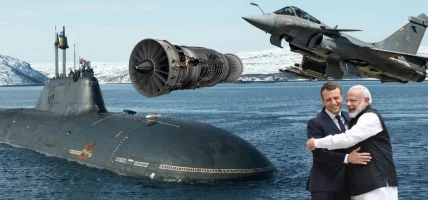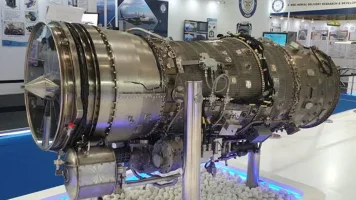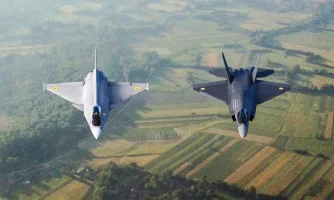- Views: 836
- Replies: 7

India's naval ambitions are set to reach new depths with the planned development of a new fleet of nuclear attack submarines (SSNs). This ambitious program, reportedly initiated in 2015, signifies a significant leap forward in India's strategic outlook in the Indian Ocean Region (IOR).
Enhancing Deterrence and Versatility
The new SSNs will be a crucial addition to India's existing nuclear triad, enhancing its overall deterrence capabilities in the region. These submarines, designed to operate discreetly and engage enemy vessels and submarines, will provide India with a more potent and versatile naval force.The SSNs will be constructed at the secretive shipbuilding centre (SBC) in Visakhapatnam, where India's nuclear-powered ballistic missile submarines (SSBNs) are currently being developed.
Phased Development and Technological Advancements
The SSN program is envisioned in phases, with the first phase focusing on developing three 6,000-ton submarines powered by a new indigenous nuclear reactor designed by the Bhabha Atomic Research Centre (BARC).Design work is reportedly nearing completion, with project launch anticipated before 2027-28. The first submarine is expected to be launched for sea trials after 2035.
Phase II reportedly includes plans for an additional three submarines, while Phase III envisions even more advanced variants, potentially bringing the total fleet to nine.
Details on Phase III remain scarce, but it's expected to incorporate advanced technologies and potentially larger submarines exceeding 6,000 tons. The Navy's SSN design also allows for future expansion to accommodate even 8,000-ton submarines if necessary.
Strategic Implications and Challenges
The development of nuclear attack submarines reflects India's growing concerns about China's expanding naval presence in the Indian Ocean.The SSNs will enhance India's ability to monitor and counter Chinese submarine activity in the region, providing a significant boost to its maritime security.
However, the program also faces significant challenges, including technological hurdles, resource constraints, and the need for skilled personnel.
Despite the challenges, India's SSN program reflects its aspirations for a more potent and versatile navy. The program's success will depend on continued technological advancements, resource allocation, and strategic planning.
It will be interesting to see how this program evolves and contributes to India's evolving maritime posture in the IOR.




